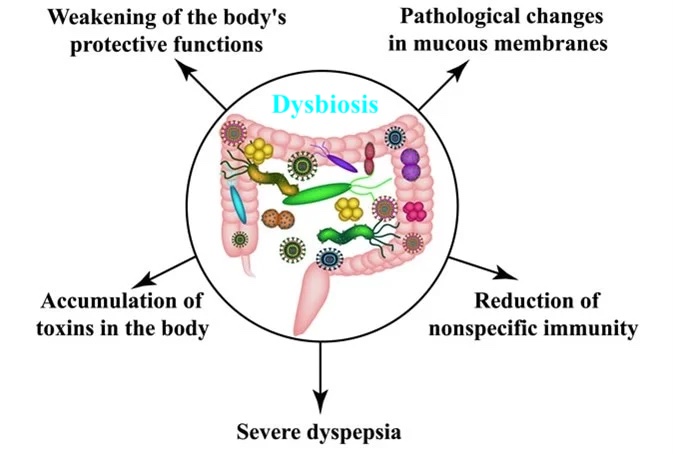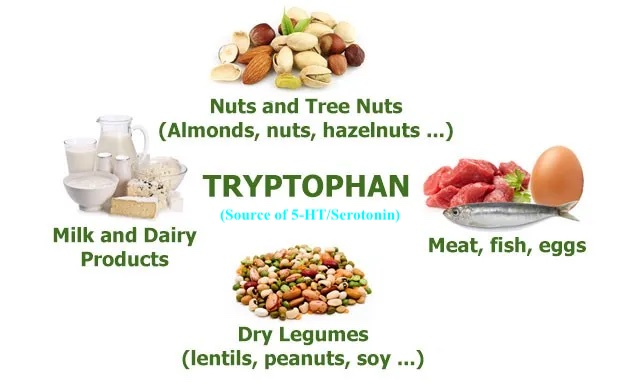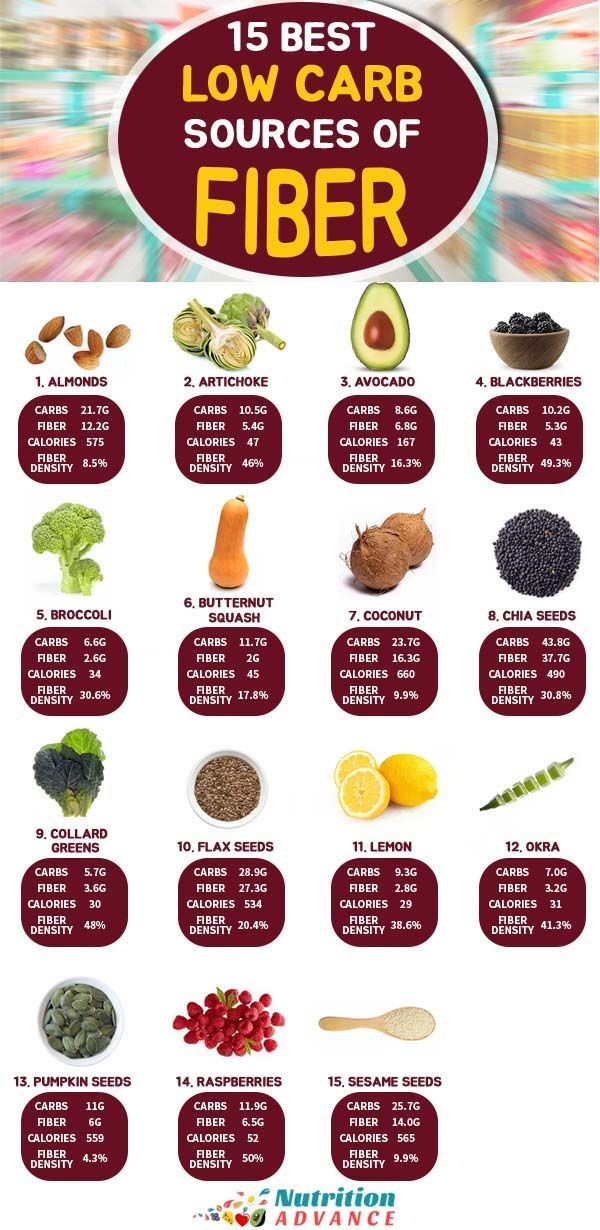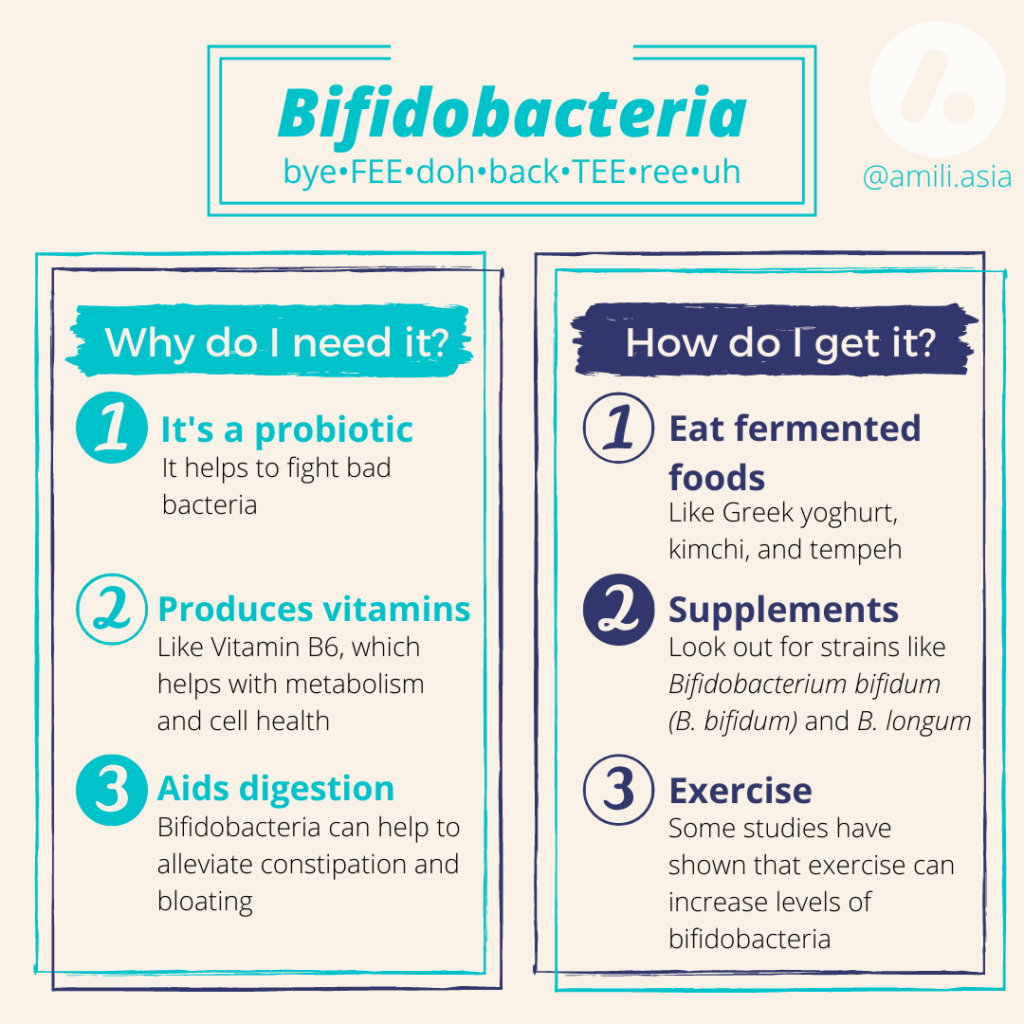
Digestion and absorption processes occurs along the entirety of the gastrointestinal tract (GIT) and demands participation of several physiological and biochemical events at each segment. In my last posts, I considered optimal functioning of accessory organs (i.e., liver, pancreas), their secretions, optimal acidity, as well as intestinal lining and its relationship to immune health and proper digestion and absorption of nutrients. In the following sections, I would like to explore poor gut motility (i.e., the rate of movement of food through the GIT), its relationship to optimal digestion/absorption of nutrients, and factors which hinder such a process, to include gut dysbiosis and 5-HT.

Poor gut motility, also known as constipation, can be defined as having recurrent abdominal pain for a minimum of 3 days per month within a 3-month period (Bahrudin, Rani, Tamil, Mokhtar, & Ali, 2019). Furthermore, said symptoms must be associated with two of the following: altered fecal form, onset of symptoms associated with altered fecal frequency, relief with defecation (Bahrudin et al., 2019). Constipation can be assigned to constipation-predominant irritable bowel syndrome (IBS-C) if there is passing of hard stools more than 25% of the time (Bahrudin et al., 2019). Causes of IBS-C are multiple and can include microscopic inflammation, visceral hypersensitivity, disorder of the gut-brain interaction, serotonin dysregulation, and gut dysbiosis (Bahrudin et al., 2019). The following sections will consider the last two causes outlined in greater detail.

Gut dysbiosis can be defined as a disruption in the number and ratio of microorganisms (known as the microbiome) in the small and large intestine to include fungi, viruses, parasites, and bacteria (Huang, Gao, Yu, Zhu, Ding, & Qin, 2019). Furthermore, such a condition is also associated with the development of several autoimmune diseases in both mice, and humans (Huang et al., 2019). Cao et al. (2017) noted that prolonged residence of fecal matter within the GIT may lead to such dysbiosis inducing constipation, altered nutrient digestion/absorption, and reduced immune/barrier function. Considering that as much as 1013 to 1014 microorganisms constitute the microbiome, disruption of such a population can act as a progenitor of multiple conditions and disease states, to include IBS-C (Cao et al., 2017).

IBS-C and dysbiosis are also tightly correlated to suboptimal levels of 5-hydroxytryptamine (5-HT); a neurotransmitter found within the gut-brain axis. Such a neurotransmitter, also known as serotonin (derived from tryptophan), is produced and secreted from enterochromaffin cells found along the lining if the GIT (Cao et al., 2017). 5-HT is of particular relevance because it is intimately involved with gastrointestinal motility disorders such as IBS-C. Of particular interest is that low levels of 5-HT are strongly associated with constipation, where higher than normal levels are associated with another extreme; diarrhea (Cao et al., 2017). The levels of 5-HT are also influenced by serotonin transporter (SERT); a regulator of extracellular 5-HT. SERT is a transmembrane transport protein expressed by the intestinal cells found along the GIT. Its function is to absorb 5-HT as a means of regulating gut motility. In dysbiosis, however, bacteria over-activate and express SERT inducing lowered motility and increased constipation (Cao et al., 2017). Two particular bacteria thought to induce such a process is Listeria monocytogenes and E. coli (Cao et al., 2017).

Having considered some of the causes of IBS-C, it is imperative to explore some solutions to help manage and/or prevent constipation. One intervention might include increasing fiber intake. Such may be useful as indicated by Makizaki et al., 2019; modern western diets tend to have low fiber as there is a high rate of processed food consumption. Such dietary habits are likely to increase the time feces reside in the GIT; the longer food sits within the lumen, the more water is absorbed from said food (Makizaki et al., 2019). Such a process decreases water content of food and increased its rigidity, making defecation increasingly difficult. Another intervention might include the use of certain probiotics such as Bifidobacterium bifidum (BBG9-1). Makizaki et al. (2019) performed an experiment whereby constipation was induced in rat models (within the control group and experimental groups) and subsequently treated with the use of BBG9-1 (in the experimental group). Results indicated more frequent bowel movements and higher fecal water content in the experimental group when compared to the control group (Makizaki et al., 2019).

In conclusion, IBS-C has multiple causes to include slowed motility, and overpopulation of some microorganisms to include Listeria monocytogenes and E. coli; species, which up-regulate SERT activity and thereby reduce 5-HT presence along the lumen. Solutions to circumvent slowed motility and increased SERT expression may be managed by increasing fiber, reducing processed food consumption, and possible use of probiotics. Such approaches might serve as part of a larger and more inclusive intervention to improving gut motility and reducing dysbiosis.
References
Bahrudin, M. F., Rani, R. A., Tamil, A. M., Mokhtar, N. M., & Ali, R. A. R. (2019). Effectiveness of sterilized drink containing lactobacillus helveticus comparable to probiotic alone in patients with constipation-predominant irritable bowel syndrome. Digestive Disease and Sciences. doi: https://doi-org.libproxy.bridgeport.edu/10.1007/s10620-019-05695-3
Cao, H., Liu, X., An, Y., Zhou, G., Liu, Y., Xu, M., … Wang, B. (2017). Dysbiosis contributes to chronic constipation development via regulation of serotonin transporter in the intestine. Scientific Reports, 7(1), 1-12.
Huang, L., Gao, R., Yu, N., Zhu, Y., Ding, Y., & Qin, H. (2019). Dysbiosis of gut microbiota was closely associated with psoriasis. Science China Life Sciences, 62(6), 807-815.
Makizaki, Y., Maeda, A., Oikawa, Y., Tamura, S., Tanaka, Y., Nakajima, S., & Yamamura, H. (2019). Alleviation of low-fiber diet-induced constipation by probiotic Bifidobacterium bifidum G9-1 is based on correction of gut microbiota dysbiosis. Bioscience of Microbiota, Food, and Health, 38(2), 49-53.
-Michael McIsaac
